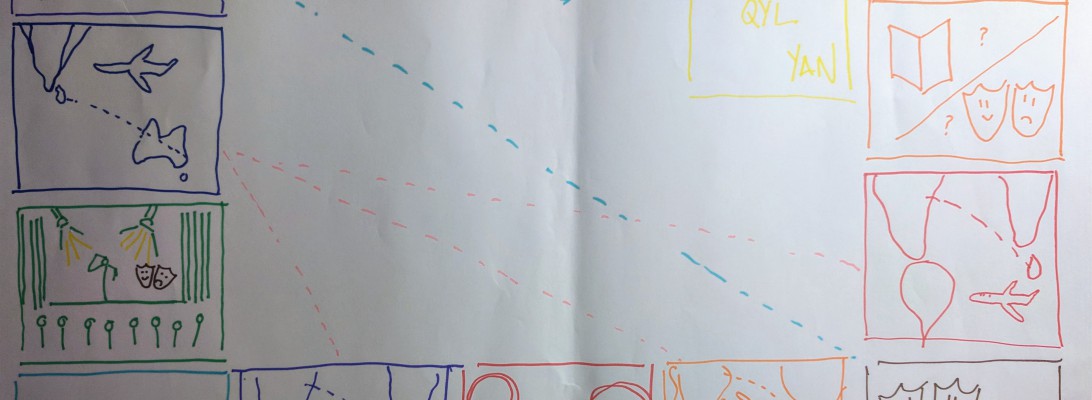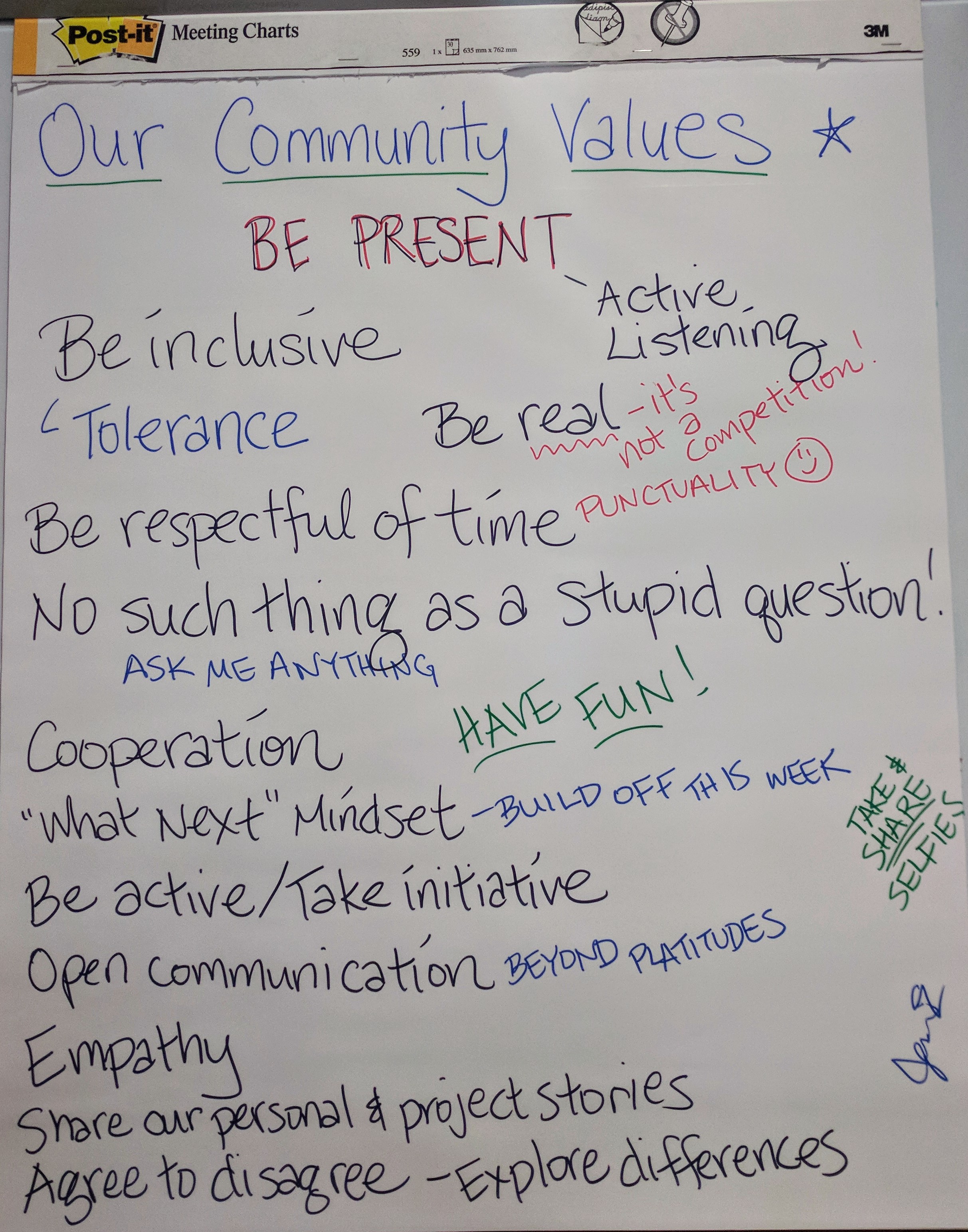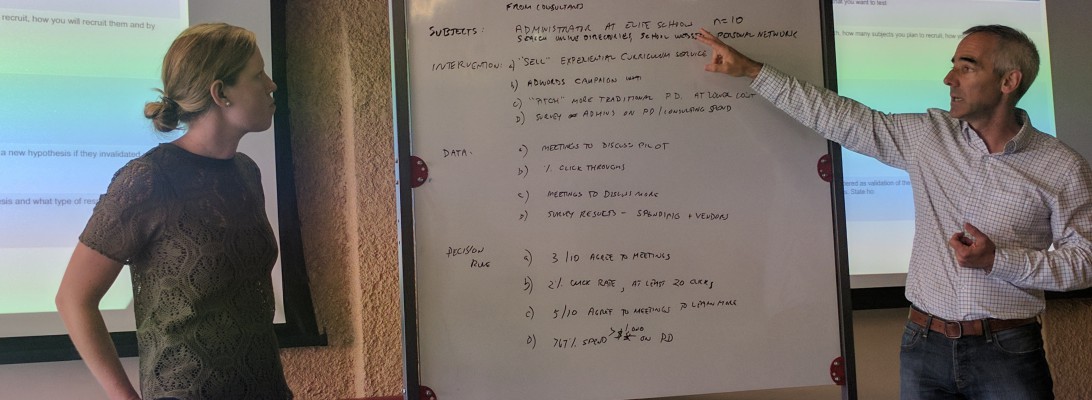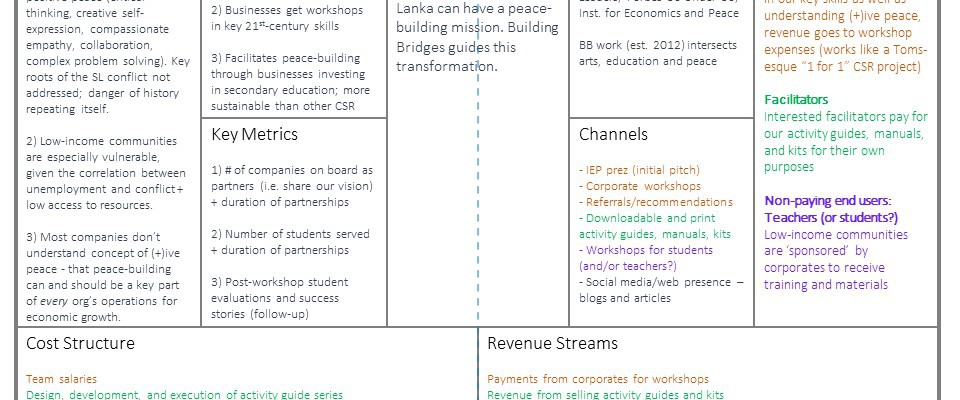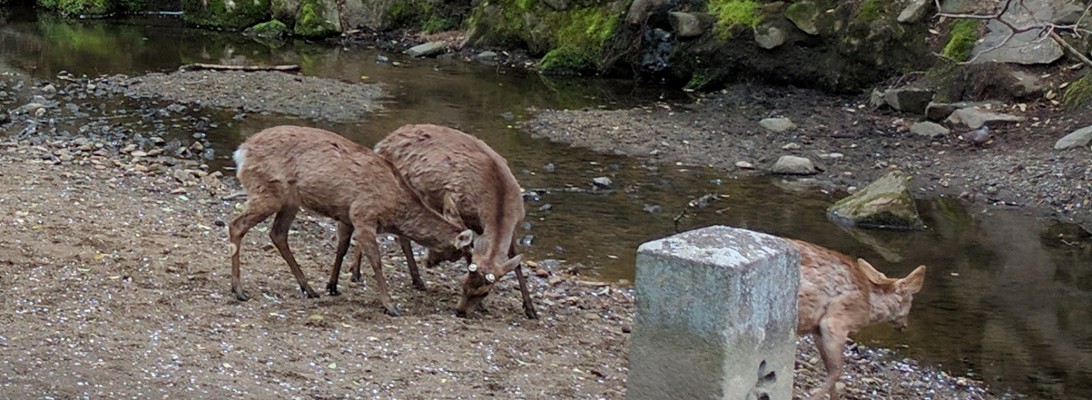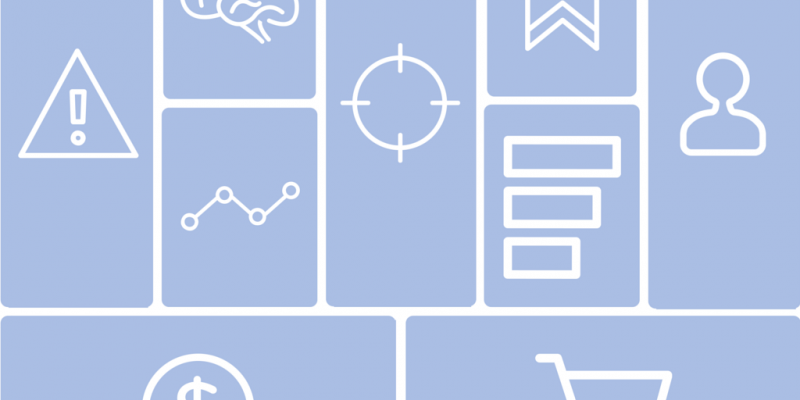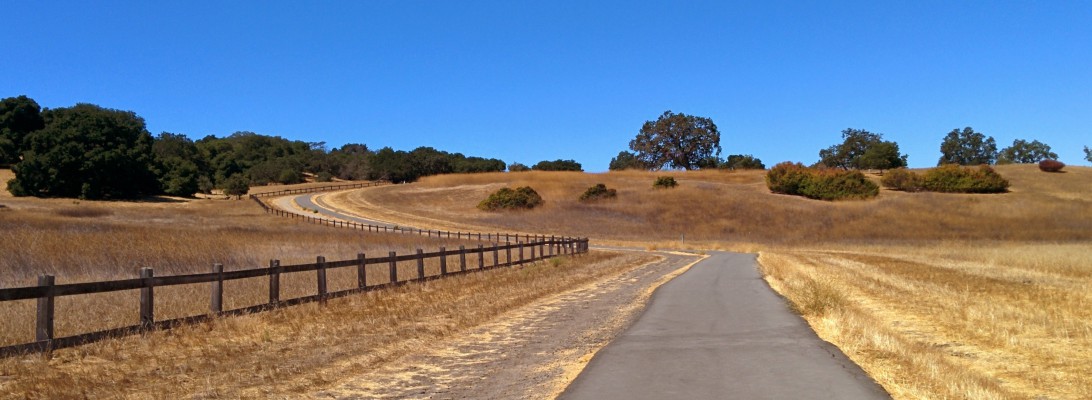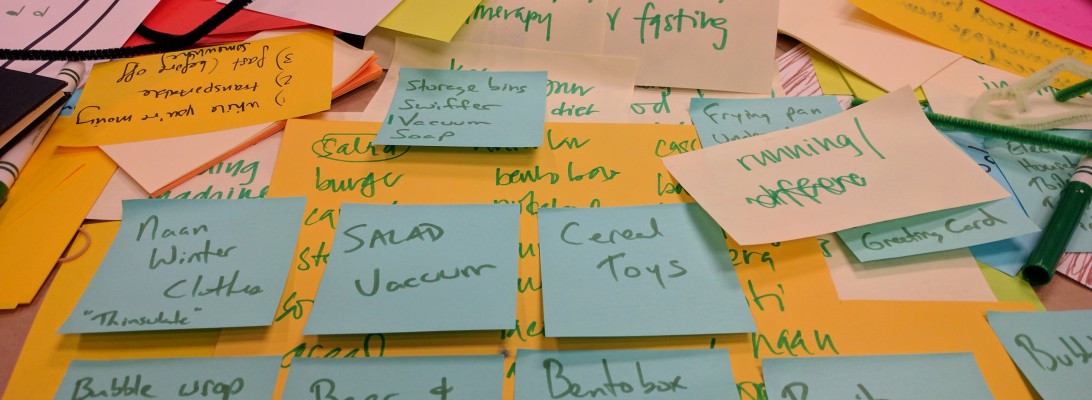Novels read: 40 (not including those I didn’t quite finish, or not on my Kindle, for that matter, because I can’t remember if I did read any physical books this year)
I decided to fully embrace the fact that 95% of what I read (and watch) are murder mysteries. That’s ok; no one should dictate to you what to read. I knew I wanted to return to books over TV as my drug of choice for mindless entertainment. I didn’t set any quantitative goals. I just read whatever I wanted to. I still watched a fair amount of TV, particularly in the weeks after the Easter Sunday attacks, but I haven’t felt the need to switch off with TV since this summer, and I haven’t watched much besides Criminal in the fall (clearly only crime has the power to tempt me). All in all, a win, a good haul of books, and I fully expect to read more than 40 novels in 2020.
Things I learned: As a fan of Agatha Christie since age 11, I haven’t yet been able to get into Dorothy L. Sayers (2020 goal?). I can’t read too much of Philip Kerr without getting terribly sad. Ngaio Marsh’s stories are really well-crafted (I’m glad I kept going, they get better after than disastrous first book), but the murderer is always the most disposable person (Agatha Christie, ice-hearted queen that she is, does not hesitate to sometimes pick the person you like best), and I’ve become so used to the clean Christie denouement that I can’t quite stomach either the reveal of Isabel Dalhousie’s fabricated problems (Alexander McCall Smith’s Sunday Philophy Club series) or Kinsey Milhone’s would-be heroic flailing during the last chapter after she discovers who the murderer is (Sue Grafton’s alphabet series). I’m going to stick with Marsh despite her unsatisfactory murderers because of the interesting commentary on colonial New Zealand that crops up so much in it, even though her treatment of Maoris is problematic and Inspector Alleyn is too good to be true (she seems less conservative in her socio-political views than Christie, though, and Detective Fox is my favourite sidekick). In 2020, I’m thinking of trying Margery Allingham (all of the British Queens of Crime, because why not?), non-radio play versions of P.D. James’ books, and Americans like Dashiell Hammett. I could be convinced to read more psychological thrillers like The Woman in the Window, too.
Mohsin Hamid may be my favorite new author of 2019, and I’m going to read more of him in 2020. Dear Committee Members stood out for its epistolary hilarity (I’m a fan of Daddy-Long-Legs, what can I say? D-L-L was also my first introduction to Princeton, btw!). The Goldfinch took unexpected turns, and was pretty great to the end. His Favorites was a lot shorter than I expected, and I thought not developed enough (although I can see the argument that that was the point). Rachel Cusk is promising, and I am looking forward to the rest of the Outline trilogy. I’m glad I gave Kazuo Ishiguro another shot after my disappointing introduction to him with When We Were Orphans (and now I really wish he’d nailed that book!), and will be returning to both him and Claire Messud. Fleishman was ok, and the ending was disappointing. I finished Do Androids Dream of Electric Sheep in a day – for me, it was a master-class in discreet world-building.
Things I really didn’t like: Judy Blume’s adult novels are uniformly trashy, although the one standout is In the Unlikely Event for the horrifying real events she draws from. The novel almost spoils the drama of what actually happened. Haruki Murakami leaves me cold; I read What I Talk About… the day after I ran my 10k and agreed with everything but thought the book needed some serious edits. I thought 1Q84 was excellent for the first 50%, and then limped for 500 pages into a deeply disappointing ending. I’ve been told to try Norwegian Wood by multiple people, but I don’t feel compelled to yet.
Summary: I like reading about murder, museums, and academia. WHAT A SURPRISE.
I’d like to read more South Asians in 2020, and although I will make a valiant effort, I suspect that once again, female British crime writers will dominate.
2019 reading list (not in chronological order)
Donna Tartt: The Goldfinch
Julie Schumacher: Dear Committee Members
Claire Messud: The Woman Upstairs
Philip K. Dick: Do Androids Dream of Electric Sheep?
Taffy Brodessor-Akner: Fleishman is in Trouble
Kate Walbert: His Favorites
A.J. Finn: The Woman in the Window
Mohsin Hamid: How to Get Filthy Rich in Rising Asia / Exit West
Judy Blume: In the Unlikely Event /Smart Women / Wifey / Summer Sisters
Kazuo Ishiguro: Never Let Me Go / The Remains of the Day
Rachel Cusk: Outline
Haruki Murakami: 1Q84 / What I Talk About When I Talk About Running
Philip Kerr: March Violets
P.D. James: An Unsuitable Job for a Woman (BBC Radio Collection Full-Cast Dramatisation)
Sue Grafton: A is for Alibi / B is for Burglar / C is for Corpse
Alexander McCall Smith: 1. The Sunday Philosophy Club / 2. Friends, Lovers, Chocolate / 3. The Right Attitude to Rain / 4. The Careful Use of Compliments / 5. The Comforts of a Muddy Saturday / 6. The Lost Art of Gratitude
Ngaio Marsh: 2. Enter a Murderer / 3. The Nursing Home Murder / 4. Death in Ecstasy / 5. Vintage Murder / 6. Artists in Crime / 7. Death in a White Tie / 8. Overture to Death / 9. Death at the Bar / 10. Surfeit of Lampreys / 11. Death and the Dancing Footman / 12. Colour Scheme
